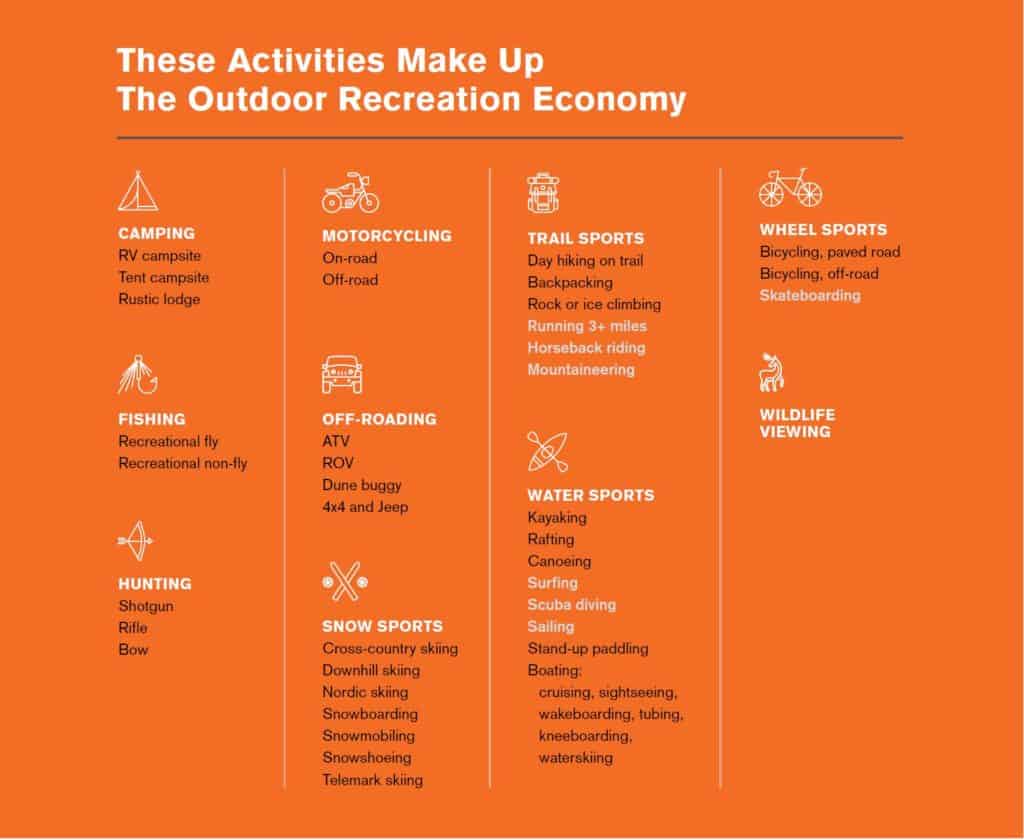This is an excerpt from a Greenwire article today, “3 years to show visitors a tree? Slow permits hamper guides”… The article offers quotes from one guide, and there may be more at play in this instance than a shortage of staff and a slow process.
An Alaska guide’s three-year wait for a permit to show hikers a big tree in Tongass National Forest has ended — but only after the state’s senior senator intervened last week.
“It’s effectively taking an act of Congress,” Senate Energy and Natural Resources Chairwoman Lisa Murkowski (R-Alaska) told E&E News yesterday, days after she raised the subject with Forest Service Chief Vicki Christiansen at a committee budget hearing. “They recognize that it is not right.”
Dan Kirkwood, guide and general manager with Pack Creek Bear Tours in Juneau, has been trying to arrange tours of five to 10 people at a time in a wilderness area on Admiralty Island, part of the nearly 17-million-acre Tongass — the country’s biggest national forest. The Forest Service requires special-use permits for commercial activities to guard against overuse of sensitive sites, a system Kirkwood told E&E News he supports.
Kirkwood’s bureaucratic tangle isn’t unheard of: The Forest Service continues to struggle with delays handling the thousands of requests it receives nationally for special-use permits. The trouble is more profound in Alaska, where the agency has a shortage of staff, although Christiansen said officials continue to work at shortening the wait times.
The main attraction for Kirkwood: a giant spruce called the Candelabra Tree. It’s an example of the kind of old growth that endures in areas of the Tongass that haven’t been logged. But it’s not far from areas the public might visit; the spot is about 20 feet away from a state-owned beach, and it’s between two bear-viewing areas that Kirkwood said he already has permits to visit.
“This is a place we knew of because it’s a cool thing to look at,” said Kirkwood, who received a one-year temporary permit that might be extended. “We want to play by the rules.”
Congress and the Forest Service agree that staffing levels are largely to blame for the crunch. Budget cuts have played a role, Murkowski said, especially because the Forest Service appeared to apply them unevenly, with Alaska taking more than its share.
A Forest Service spokeswoman didn’t immediately return a request for comment from E&E News, but Christiansen said at the hearing that she’s making permits a high priority.

